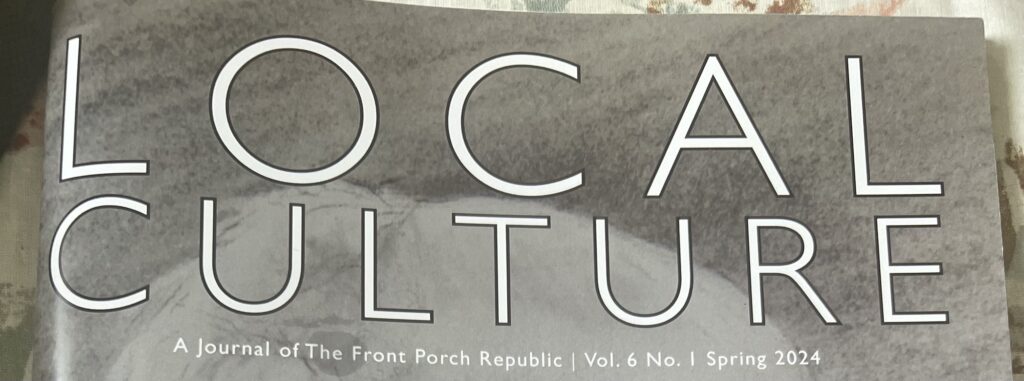In “Why I Am not Going To Buy A Computer,” Wendell Berry, commenting on modern conservationist movements, observes, “The guilty are always other people and the wrong is always somewhere else.” This insight extends far beyond conservation, touching on the heart of complex systems problems.
We are but one component in an intricate, larger system that defies complete comprehension, despite our individual significance. The challenge with centralized solutions—whether modern conservation organizations or broad-reaching governing bodies—is their inherent inability to effectively address the problems they claim to solve. The systems they attempt to manage are too complex and nuanced to be fully grasped from a distant, top-down perspective.
However, focusing solely at the unit level—getting as close to the problem as possible—doesn’t provide a complete solution for complex systems either. This is because to truly begin understanding a system, we must visualize how its individual units interact and function together at a broader scale.
When confronted with a problem, we should ask ourselves: What is the optimal distance (or size and scope) required to comprehend this complex system.
The appropriate distance, size, and scope may vary depending on the corresponding attributes of the problem at hand. Intriguingly, the most effective approach might often be the inverse of what we initially assume.

